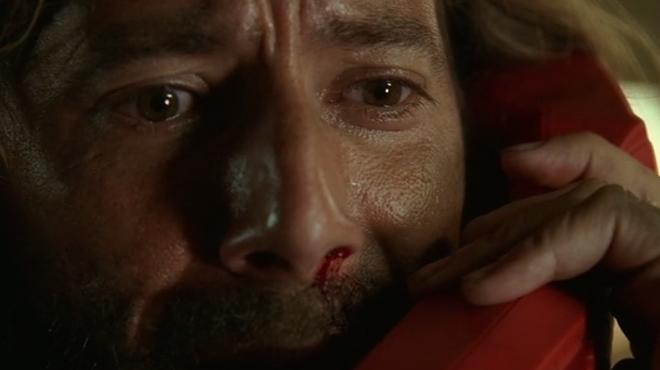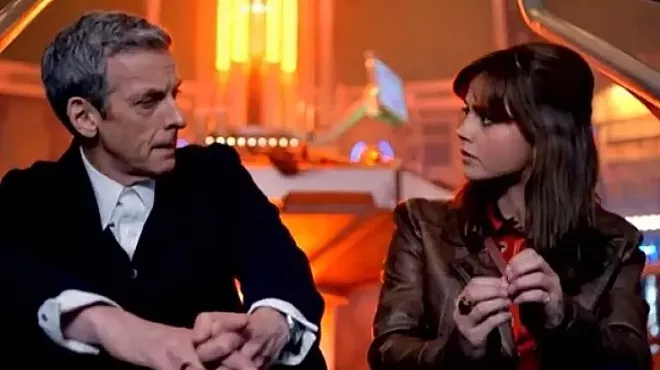Wednesday, June 29, 2011
Doctor Who and the pleasures of confusion
Too many television shows worry too much about making sure the viewer knows — at all times — precisely what’s going on. They do this through flashbacks, through exposition, through a sequential series of predictable events.
Which is too bad, really.
Throwing the viewing audience, hog-tied, into events they can’t possibly understand is one of the best things a television show can do.
Steven Moffat, showrunner for Doctor Who, understands the complicated pleasures of confusion. Both the series opener and the mid-season finale opened with several layers of “what? whaaat? whaaaat?” Why is he being shot? Why is that spaceship being blown up? Who is that girl in the spaceman suit?
Trying to figure out these types of odd-ball questions, or just hanging on for the ride as the show begins to answer them, gives the same sort of gleeful thrill as a popcorn action movie. It’s the Inception factor. “What is happening?” is an even more enjoyable mystery than “What happened?”
The fact that Doctor Who is a time-travel show means that starting in the middle of the story makes a perfect kind of sense. Plenty of other stories, of course, begin with big questions or start in the middle. But most other shows usually make a legion of mistakes with this technique — they halt the forward momentum of a narrative to didactically provide clarification. The narrative becomes fixated on either the past or present, making one or the other seem expendable, even boring. (See: Flash Forward, or weaker mid-run episodes of Lost.)
But what Doctor Who and Inception understands is that you don’t slow down to give answers or clarify the confusing opening moments — you give those answers and clarification parallel to the whizbang action and corridor-running, while adding more questions, more confusing moments, the entire time.
After all, confusion — or near confusion — is an exhilarating place for an audience to be.





















